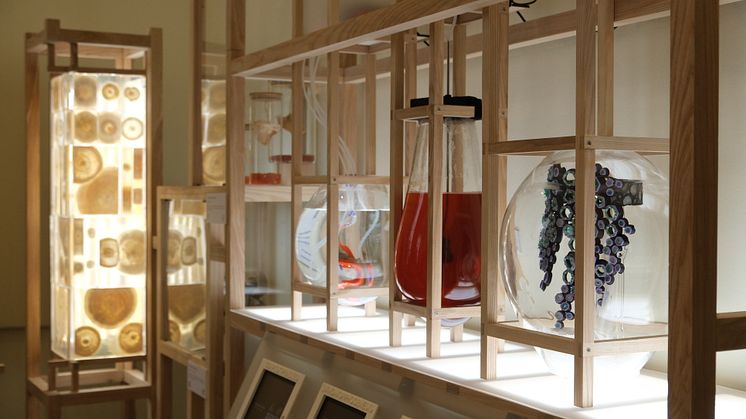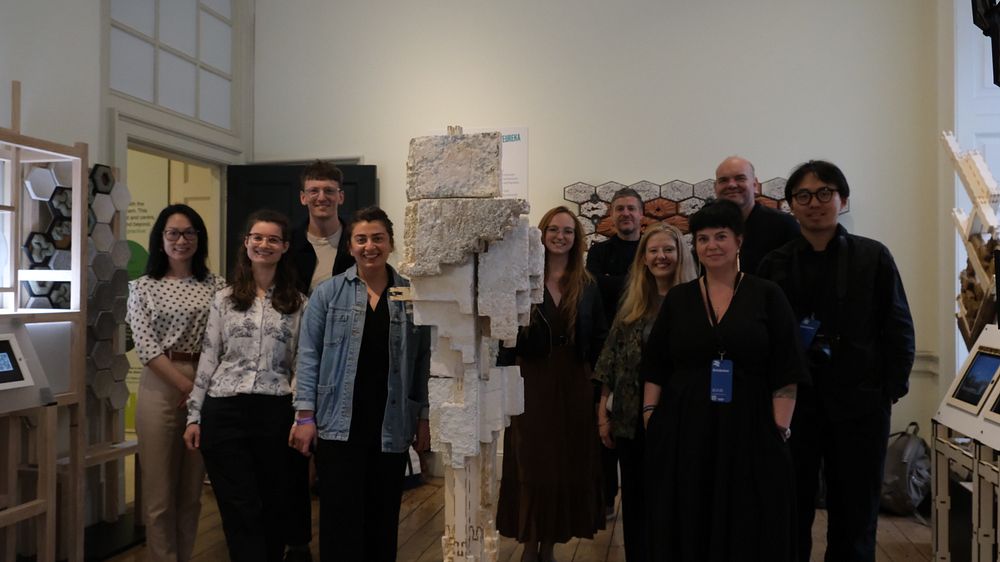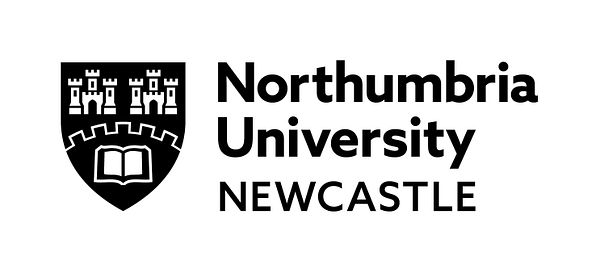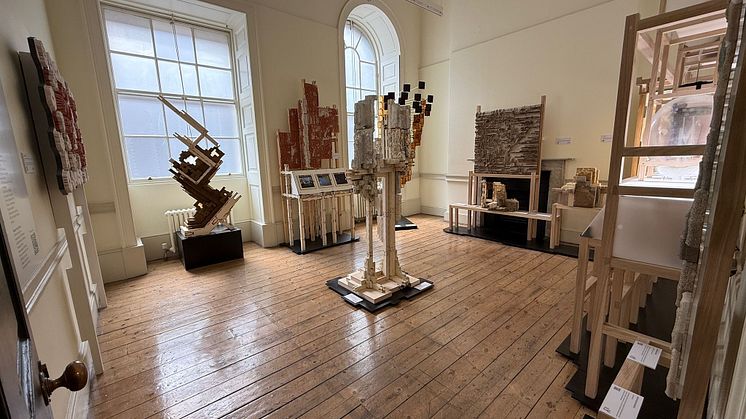
Press release -
Researchers exhibit a greener future for construction at London Design Biennale
Academics from Northumbria University and University College London have collaborated on a prestigious pavilion exhibition at the 2025 London Design Biennale, exploring an emerging field which intertwines biology with architecture.
Until recently, building materials have rarely been considered for an environmental upgrade. Researchers are now taking on this challenge, creating a vision for the future in which cities can respond and interact with the environment and mitigate the damage caused to buildings as a result of climate change.
Co-created by researchers from Northumbria’s Living Construction group and Beckett Lab at the University College London’s Bartlett School of Architecture (UCL), the Living Assembly: Building with Biology pavilion exhibits cutting-edge biological construction technologies.

The team are showcasing their work alongside esteemed designers and changemakers from around the world at the fifth edition of the London Design Biennale, which this year focuses on confronting global challenges and inspiring audiences with thought-provoking installations.
Their exhibition, consisting of a series of ‘living materials’ made from microbes and fungi, was given a special mention by the judging team at the Biennale’s Medal Ceremony, which celebrates innovative ideas through outstanding collaboration.
“Our research reimagines traditional building components by exploring built environments which are grown, not constructed, i.e. building with biology,” explained Professor Martyn Dade-Robertson, co-lead of the Living Construction Group at Northumbria University, part of the Hub for Biotechnology in the Built Environment. “We are developing living materials which evoke a future where buildings self-construct and remain dynamically alive to their environment, whilst supporting the health of people.”
The Living Assembly: Building with Biology pavilion includes materials made from mycelium — the root network of fungi — as well as leather produced by microbes which are genetically engineered to self-pigment, biological cements, and shape-changing materials. These prototypes are designed for the potential use as cements and concrete-like materials which actively absorb carbon dioxide, as well as walls which contain sweat glands to vent humid air, or as a new type of fire-resistant insulation.

More than 30 countries, cities, territories, organisations and individual designers are taking part in the London Design Biennale. The exhibition by Northumbria and UCL has been named as a standout pavilion, by prestigious architecture and design magazines, Dazeen and Wallpaper.
Professor Dade-Robertson continued: “It has been a pleasure to collaborate with UCL on this exhibition, to outline our vision for a more sustainable future for construction. We are extremely proud and excited to showcase what we have been developing and to continue working towards making living buildings a reality.”
Northumbria’s Living Construction group is part of the Hub for Biotechnology in the Built Environment (HBBE) – a joint initiative between Northumbria University and Newcastle University, and is funded by Research England. The Hub aims to create a new generation of ‘living buildings’ which exist in harmony with nature and are developed sustainability, reducing waste and pollution typically generated through construction.
The fifth edition of London Design Biennale takes place at Somerset House from Thursday 5 June to Sunday 29 June. The theme of this year’s Biennale, Surface Reflections, explores how ideas are fuelled by both our internal experiences and external influences.
Professor Louise Bracken, Pro Vice-Chancellor (Research and Knowledge Exchange) at Northumbria University, said: “I am thrilled to see Northumbria academics showcase this vital research on such a prestigious stage. It is testament to their hard work and dedication that they were invited to exhibit at this year’s London Design Biennale alongside colleagues at UCL. Congratulations to the team, and I hope many people can visit to see the pavilion first-hand.”
Northumbria’s research in microbial biotechnology brings together academia and businesses to tackle global challenges. As part of the Biofutures interdisciplinary research theme, Northumbria is at the frontier of development in biotechnologies for renewable energy, sustainable materials, bioremediation, and carbon removal and capture.
Find out more about Microbial Biotechnology research and Biofutures at Northumbria University.
Find out more about these areas of research at Northumbria University:
Microbial Biotechnology – co-led by Professor Gary Black and Professor Meng Zhang
Biofutures– co-led by Professor Martyn Dade-Robertson and Professor Meng Zhang
Topics
Categories
UNIVERSITY OF THE YEAR 2022 (Times Higher Education Awards)
Northumbria is a research-intensive university that unlocks potential for all, changing lives regionally, nationally and internationally.
Two thirds of Northumbria's undergraduate students come from the North East region and go into employment in the region when they graduate, demonstrating Northumbria's significant contribution to social mobility and levelling up in the North East of England.
Find out more about us at www.northumbria.ac.uk
--- Please contact media.communications@northumbria.ac.uk with any media enquiries or interview requests ---








